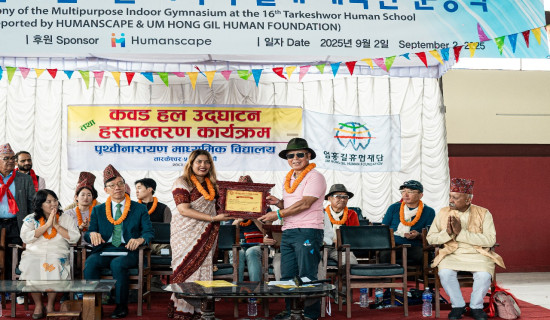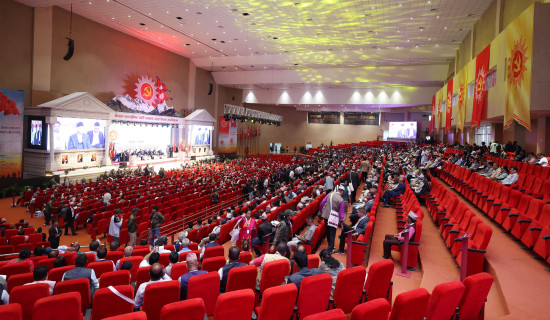- Friday, 5 September 2025
'Prosperous Nepal, Happy Nepali' is socialism with Nepali features, says UML chair Oli
Godavari (Lalitpur), Sept 5: The CPN (UML) Chair KP Sharma Oli has proposed the concept of socialism with Nepali characteristics, stating that plurality and diversity would be incorporated into the socialist state system based on the peculiarities of society.
Chair Oli has proposed this concept in his political proposal presented in the party's Second Statute Convention that kicked off here today. Party Deputy General Secretary Pradeep Gyawali read out the political report in the Convention.
"The pluralism and diversity that characterise Nepali society will be advanced in harmony within a socialist state system. Unity will be promoted in diversity, not in uniformity," reads the proposal.
The essential task of socialism with Nepali characteristics has been reinterpreted as the defence of national interests, national dignity, identity, and the protection and advancement of independence.
One of the main foundations of socialism with Nepalese characteristics as put forward by the UML Chair is 'complete democracy'.
"One important aspect of socialism with Nepali characteristics is that it will embrace the universal values of democracy. The supremacy of the constitution, rule of law, human rights, separation of powers, and periodic elections will be integral essence of the state governance. Competition between parties will be ensured. Governance will operate solely based on the people's mandate, with guarantees against the existence of unelected power," states Chair Oli's political proposal.
Under the section titled 'class structure', the report has categorized the social classes in Nepali society into lower class, middle class and upper class. According to this classification, the lower class is generally considered to have an economic income of less than Rs 150 thousand, the middle class has an annual income of around Rs 150 thousand –500 thousand, and the upper class an annual income of more than Rs 500 thousand.
In terms of caste and social dimensions, the Dalit and Muslim communities have comparatively more population of the landless, marginal farmers, and low-income groups. The report is based on data from 2022. According to this, the average poverty rate is 20.3 percent for Dalits, which is over 30 percent.
Similarly, the report mentions that caste disparity has also been observed in the human development index.
In 2004, the Human Development Index was 0.552 for Brahmins and Chhetris, 0.424 for Newars, and only 0.401 for Muslims. These figures indicated inequality in the rate of poverty reduction. The rate was 46 percent for Brahmins and Chhetris, 21 percent for Dalits, and only 6 percent for Muslims.(RSS)


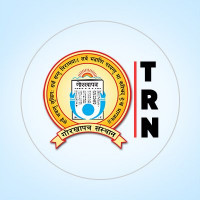

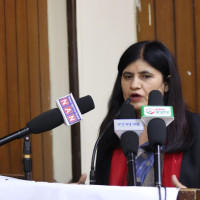
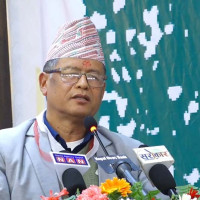

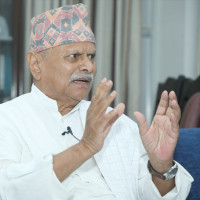
copy-square-thumb.jpg)
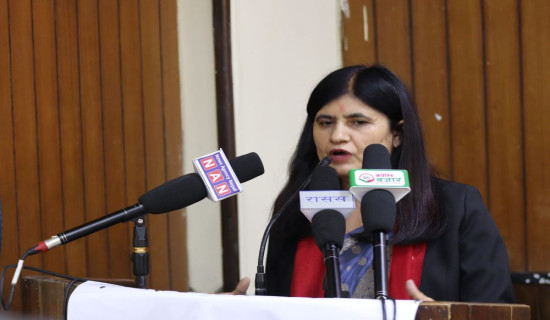
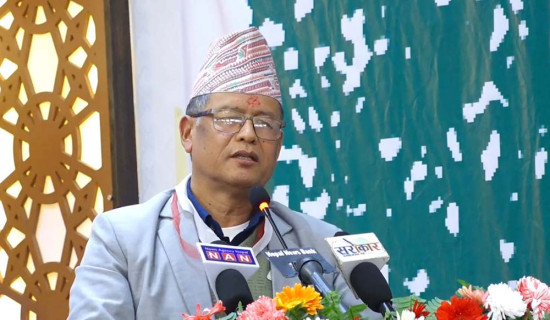

copy-original-thumb.jpg)
